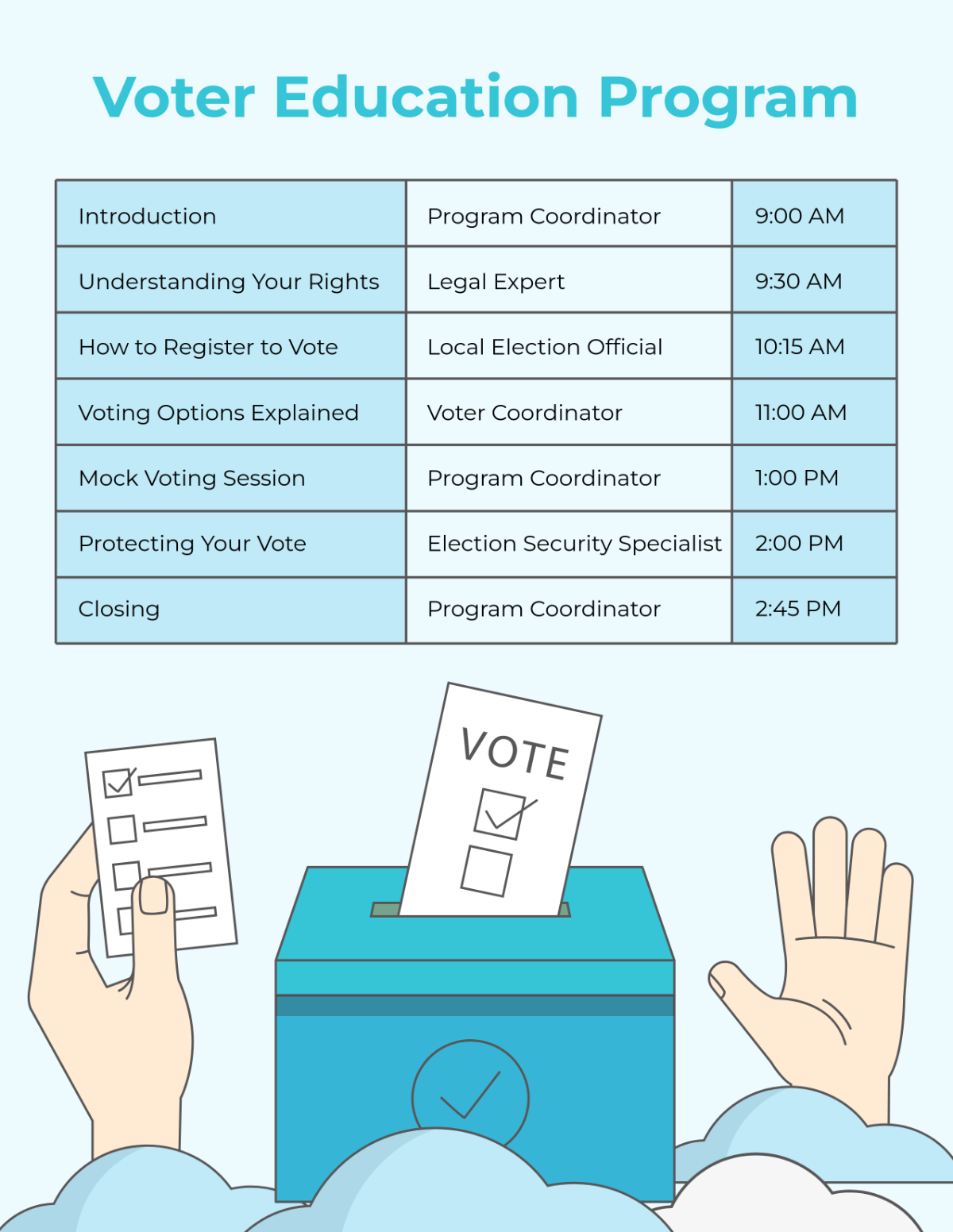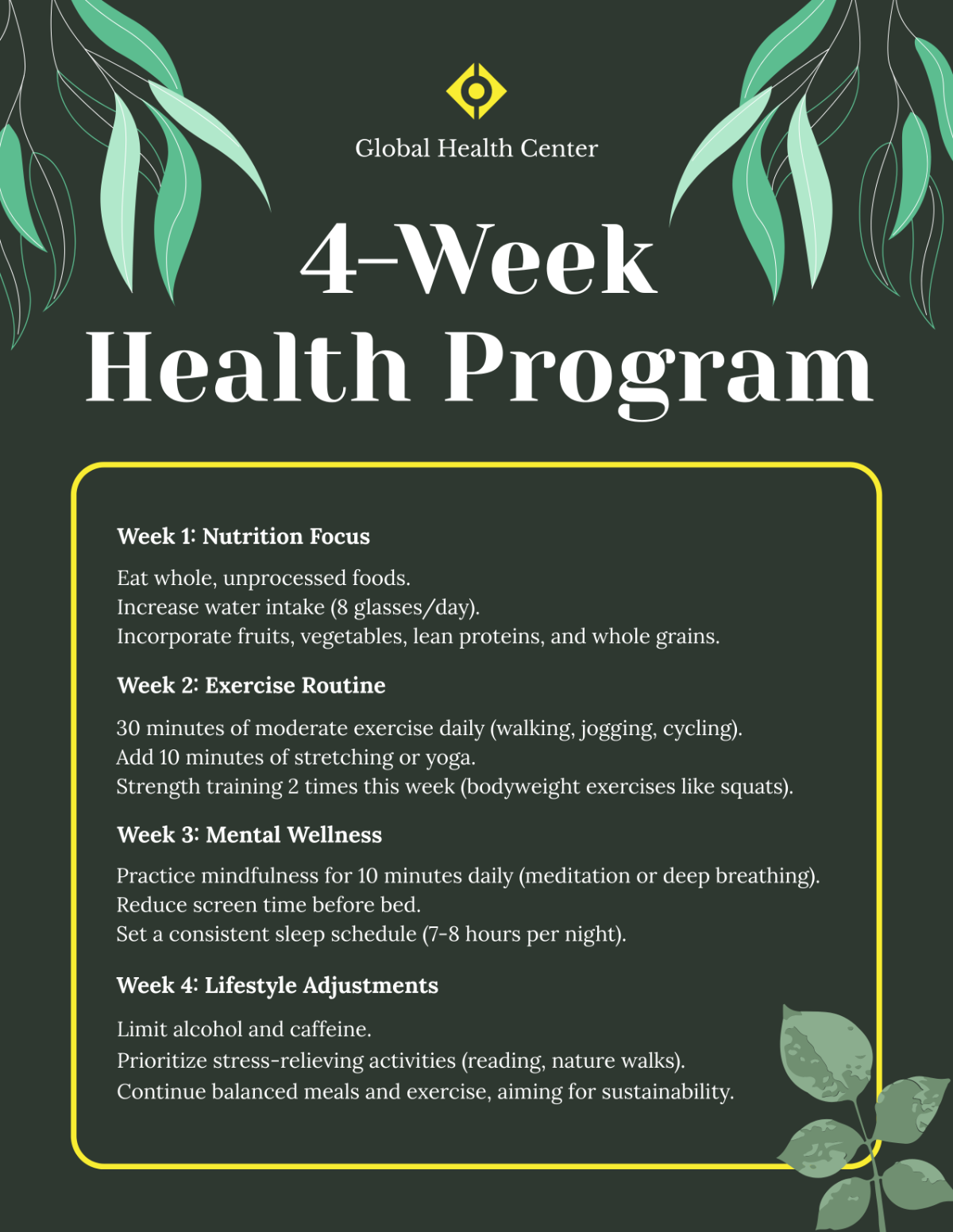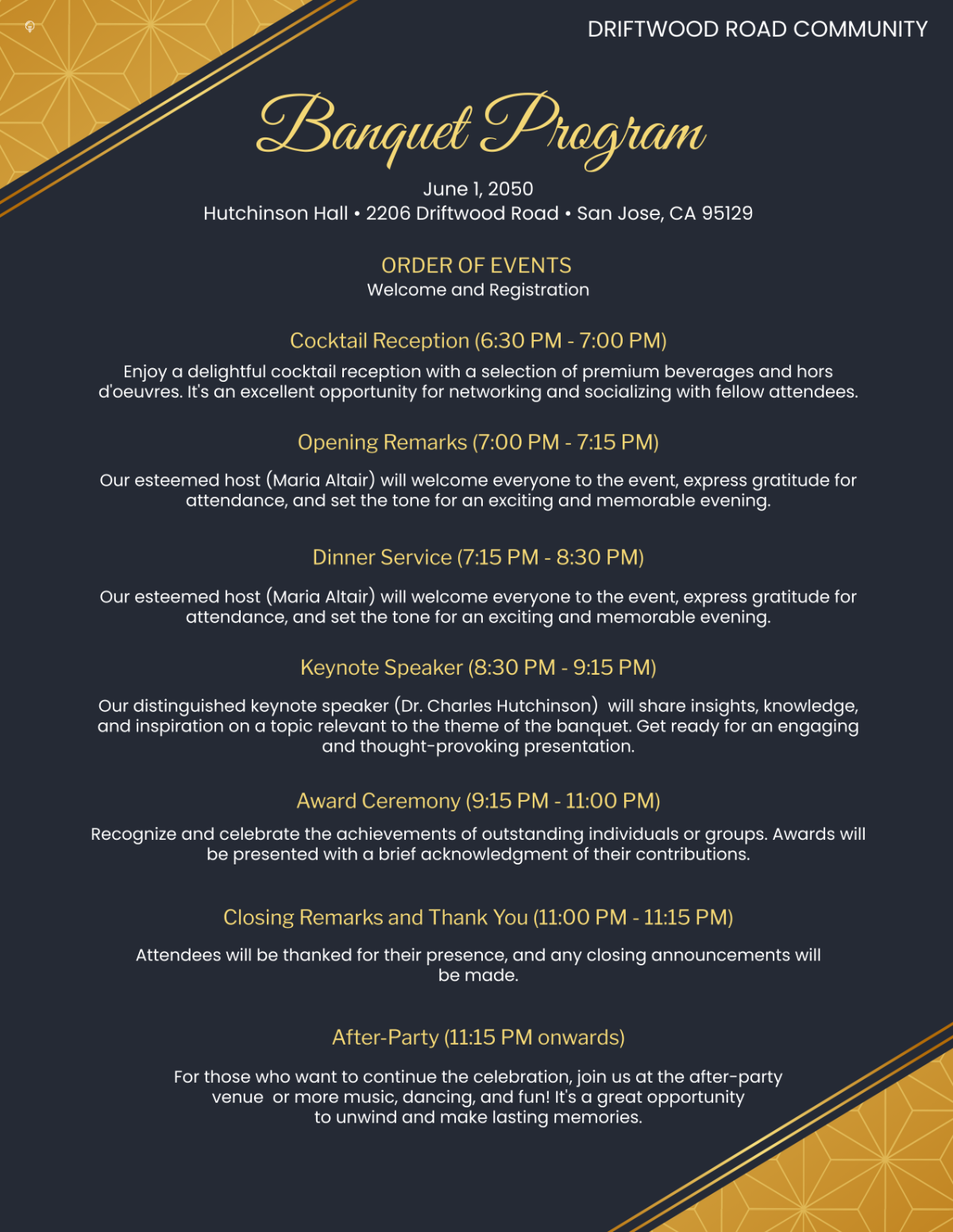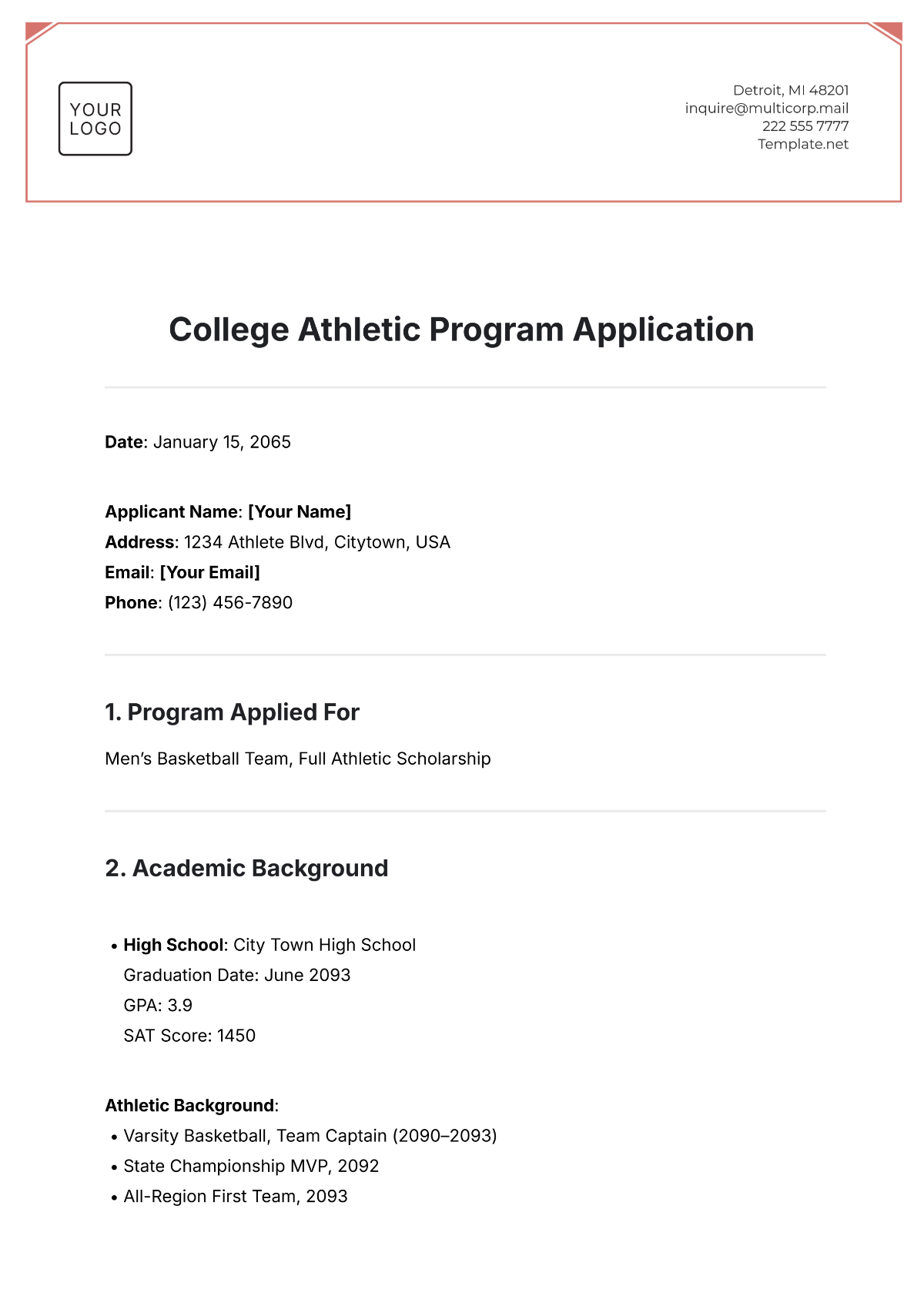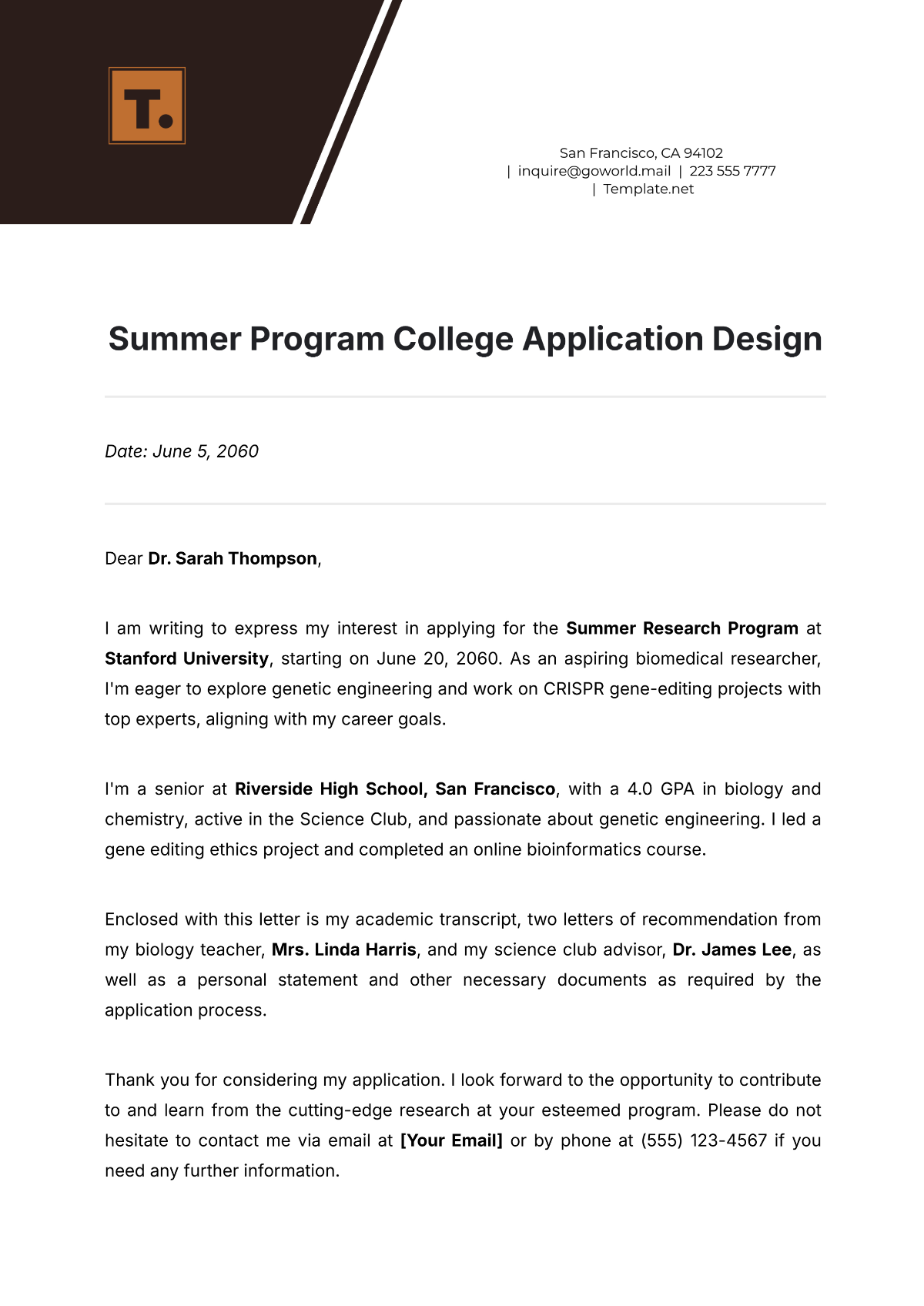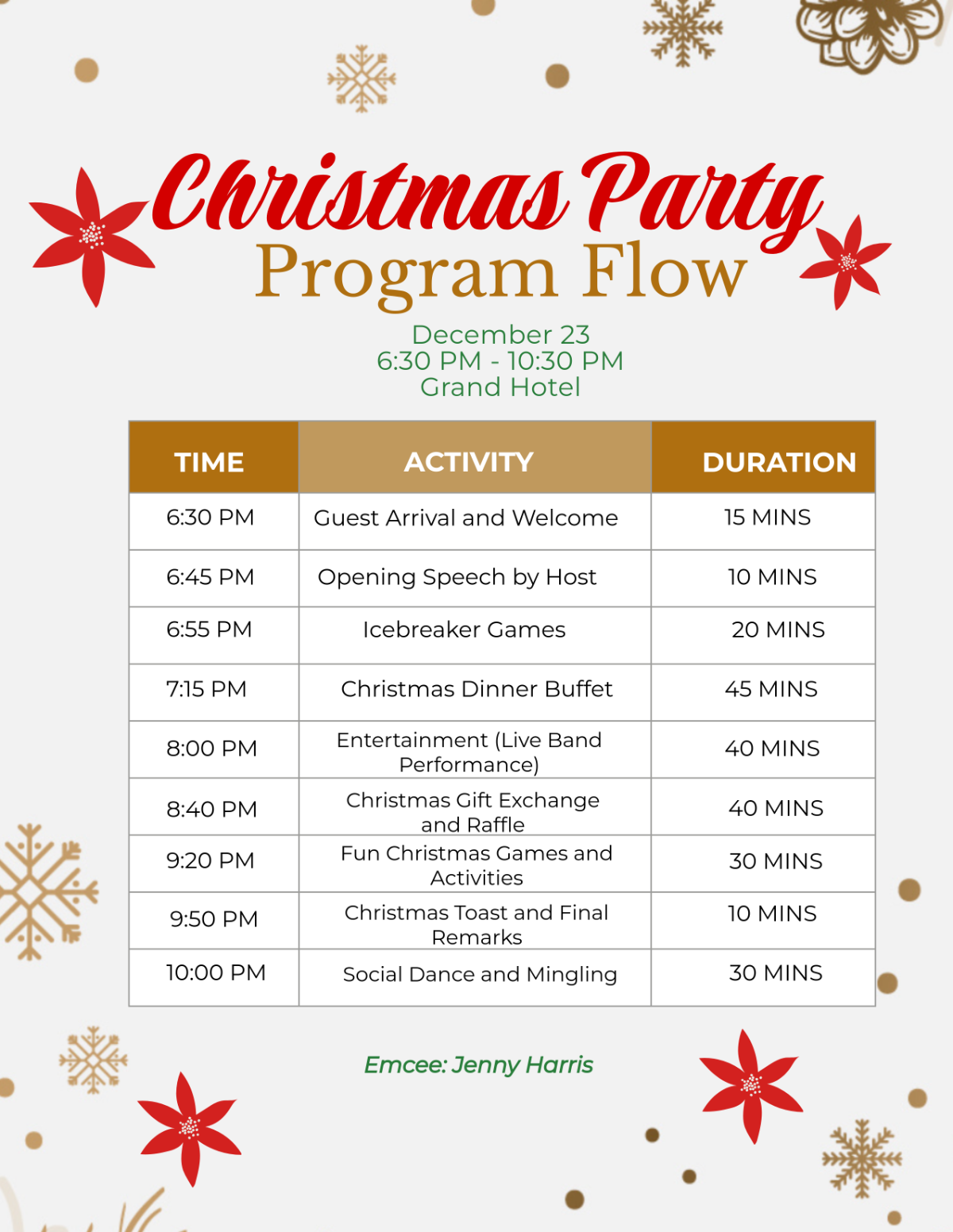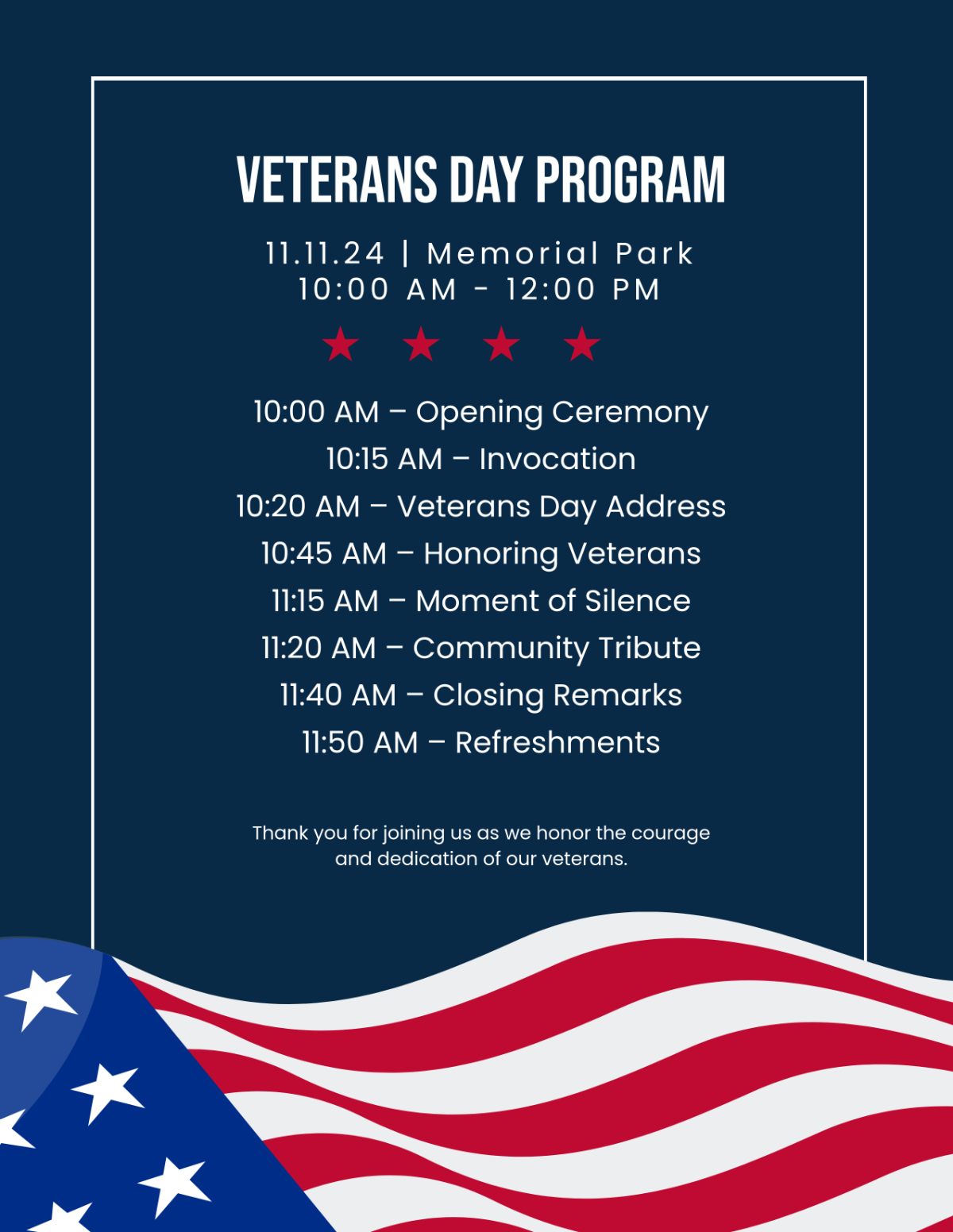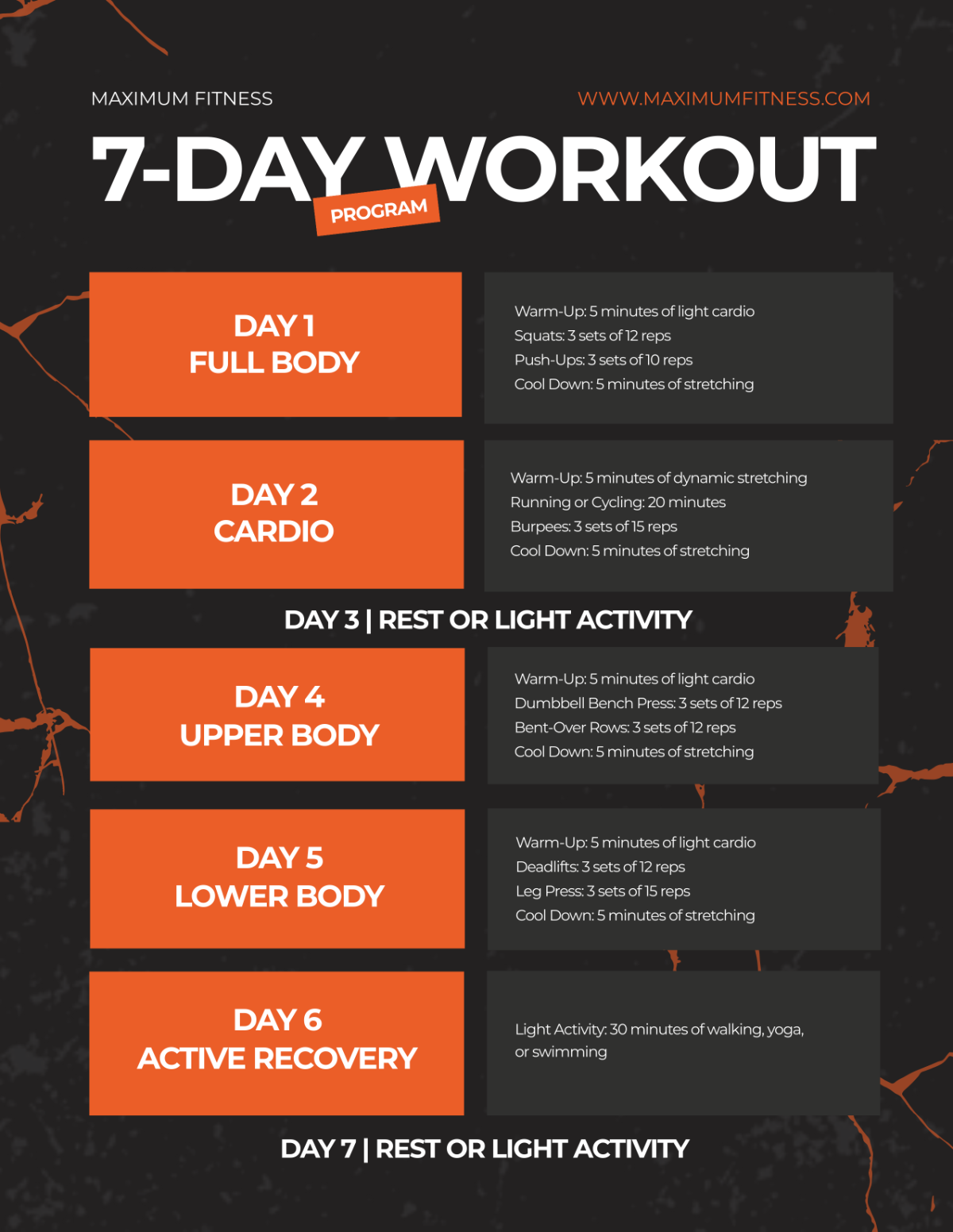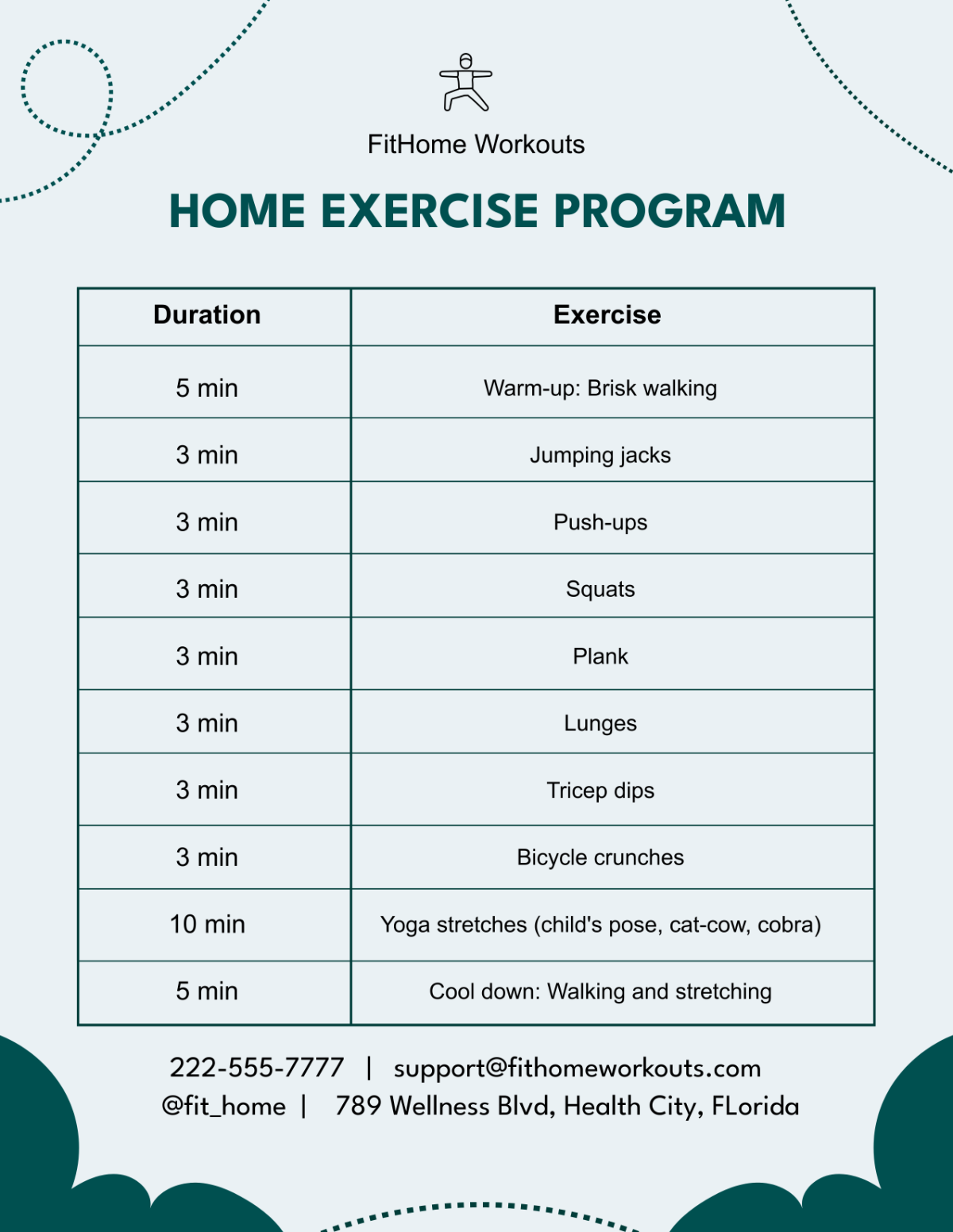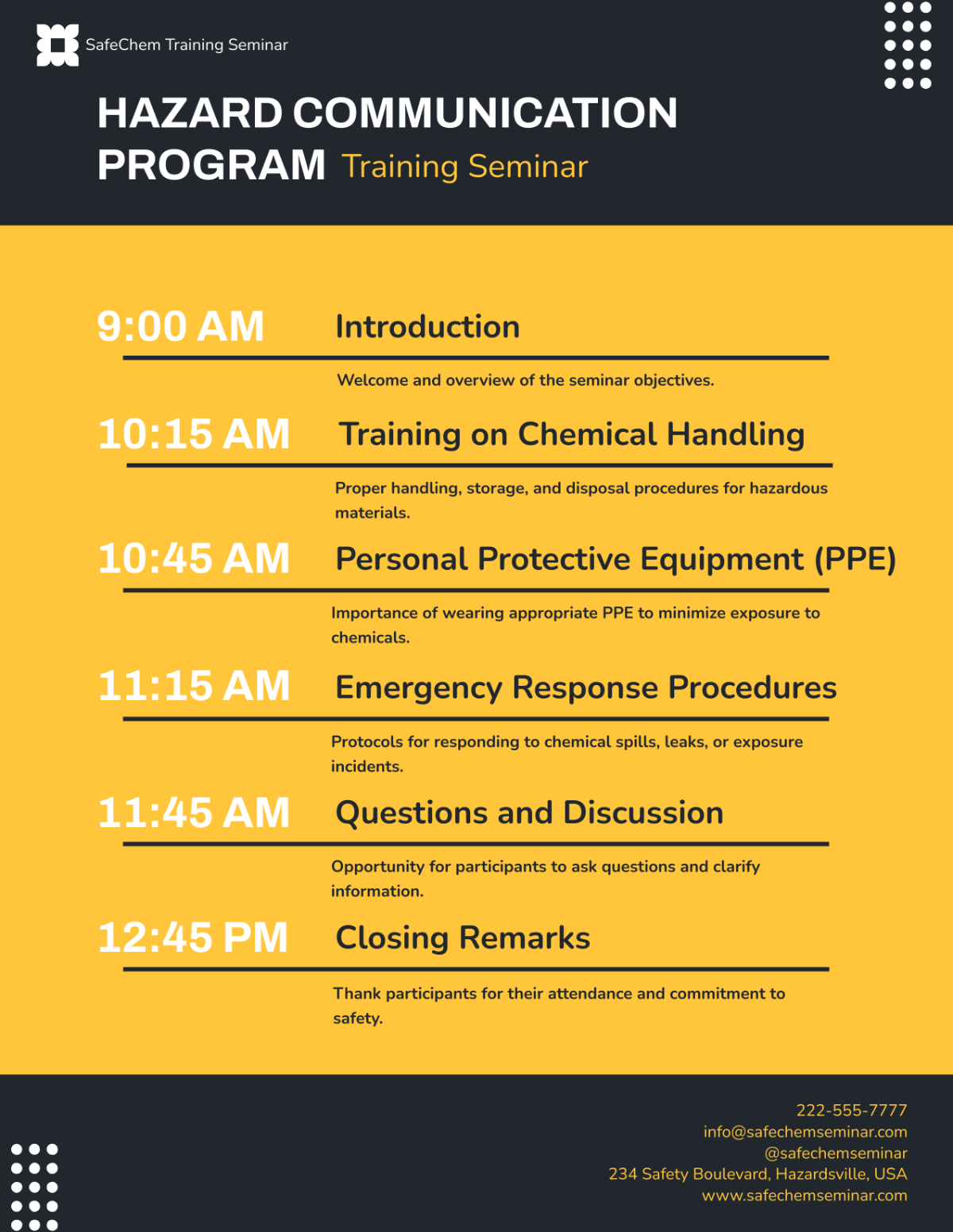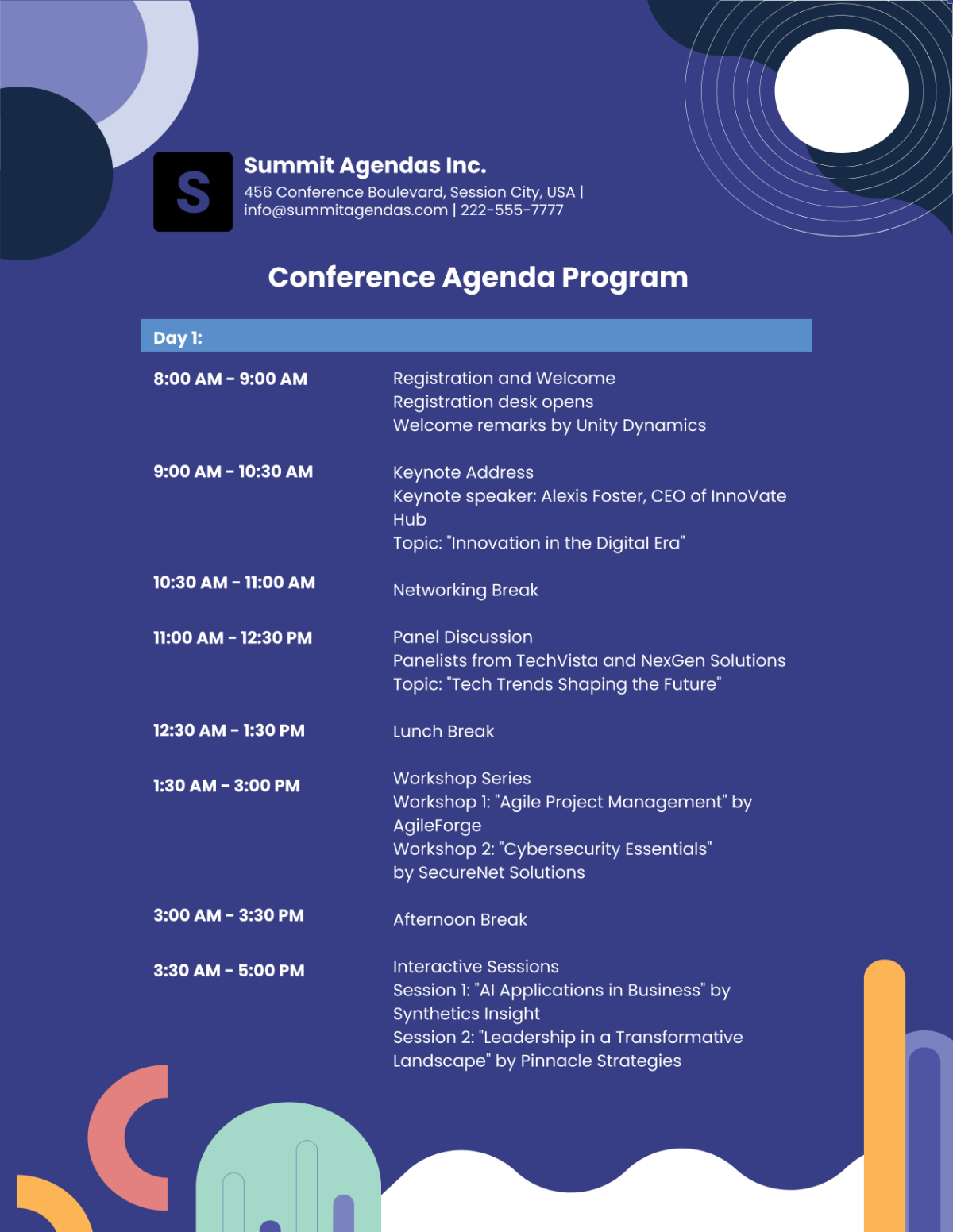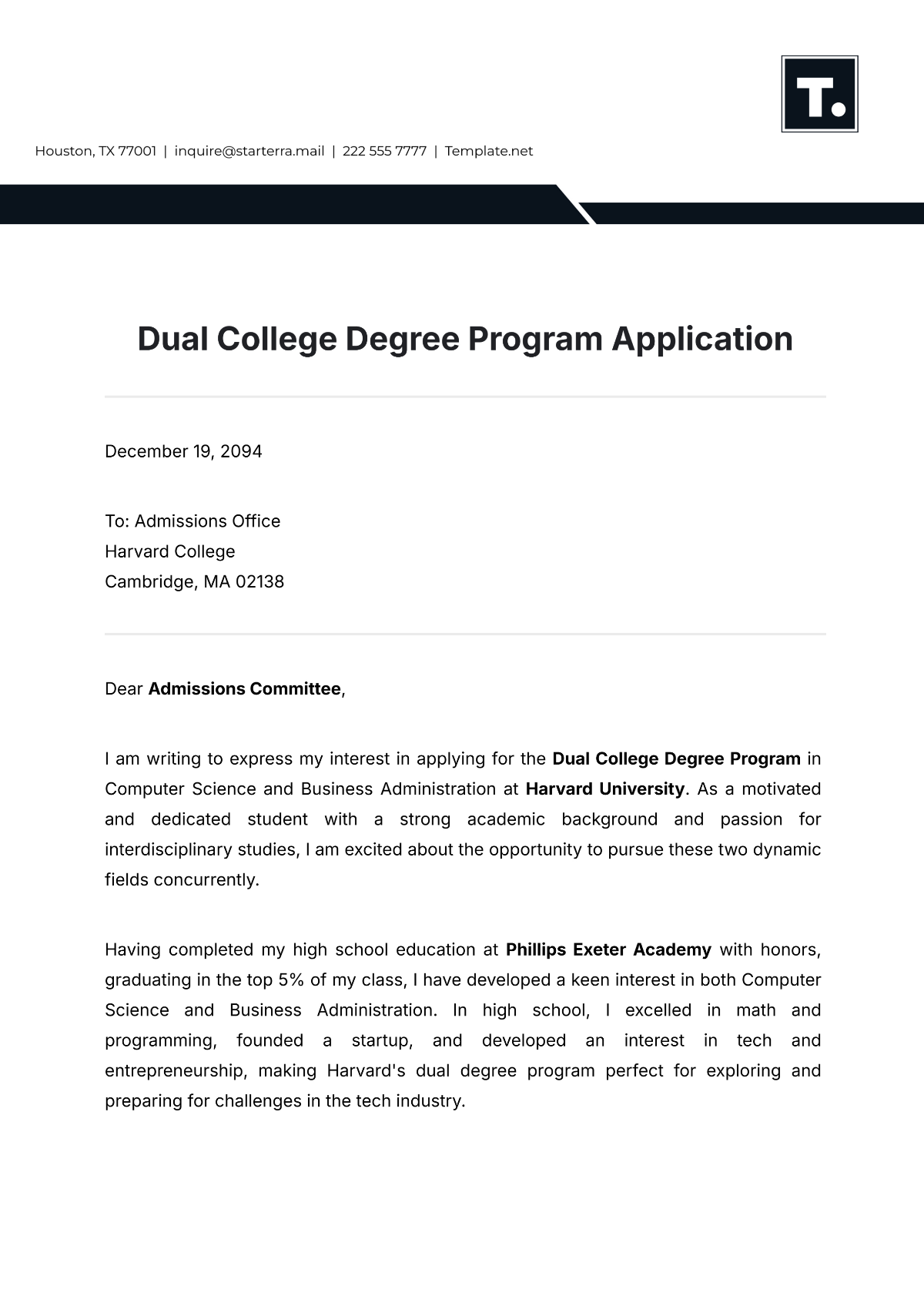Employee Wellness Program Feasibility Study
1. Executive Summary
This feasibility study carefully examines the prospect of instituting an Employee Wellness Program (EWP) at [Your Company Name]. The primary objective is to methodically evaluate the program's feasibility, focusing on its potential to enhance employee well-being and productivity. Our analysis delves into the direct and indirect benefits of the EWP, including its impact on healthcare costs, absenteeism rates, and overall employee morale.
2. Introduction
The concept of an Employee Wellness Program (EWP) is aimed at promoting healthier lifestyles and work environments for employees at [Your Company Name]. It is affirmed on the belief that a healthier workforce is more productive and engaged.
3. Organizational Overview
Central to this study is a comprehensive cost-benefit analysis. This includes an estimation of the initial setup costs, ongoing operational expenses, and a detailed projection of the anticipated return on investment. The proposed EWP encompasses various health-centric initiatives, such as physical fitness programs, mental health workshops, nutritional guidance, and regular health screenings.
The following is a detailed overview of [Your Company Name]. The section offers key insights into the company's foundational elements, such as its location, contact information, online presence, and social media channels.
Company Details:
Category | Details |
Name | [Your Company Name] |
Address | |
Contact Number | |
Contact Email | |
Website | |
Social Media |
Employee Demographics:
Age Distribution:
Age Range | Number of Employees |
18-25 | [45] |
26-35 | |
36-45 | |
46-55 | |
56 and above |
Job Roles and Departments:
Department | Job Roles | Number of Employees |
Production | [Assembly Workers, Quality Inspectors] | [120] |
Engineering | ||
Sales and Marketing | ||
Human Resources | ||
Finance | ||
IT Services | ||
Administration |
These tables provide a snapshot of the diverse workforce within [Your Company Name], highlighting the range of skills and experience levels across different age groups and departments. This demographic breakdown is instrumental in tailoring HR policies, training programs, and wellness initiatives to suit the varied needs of the employees.
4. Needs Assessment
By evaluating the outcomes of the Employee Health Survey, we can better understand the general health concerns, interest levels in wellness programs, and preferred wellness activities among our staff. Additionally, this assessment includes a review of current health-related costs, including average annual medical claims per employee, absenteeism rates, and productivity metrics. This information is critical in tailoring an effective Employee Wellness Program that addresses specific needs and contributes to the overall wellbeing and efficiency of our workforce.
Needs Assessment Table:
Assessment Category | Details |
Employee Health Survey Results: | |
General Health Concerns | [Stress Management, Ergonomic Issues, Chronic Conditions] |
Interest in Wellness Programs | |
Preferred Wellness Activities | |
Current Health-related Costs: | |
Average Annual Medical Claims per Employee | [$1,000] |
Absenteeism Rates | |
Productivity Metrics | |
The table offers a detailed look into the results from the Employee Health Survey conducted at [Your Company Name]. It reveals specific health concerns like stress and ergonomic issues, which are prevalent among employees. The high interest in wellness programs signifies a workforce that is conscious and supportive of health initiatives.
5. Program Overview and Objectives
This chapter outlines the framework of the proposed Employee Wellness Program at [Your Company Name]. It provides a detailed overview of the wellness activities we plan to offer, tailored to address the diverse health needs of our employees.
Program Overview and Objectives Table:
Category | Details |
Proposed Wellness Activities: | |
Physical Fitness Programs | On-site gym access, Group fitness classes, Personal training sessions |
Mental Health Workshops | Stress management seminars, Mindfulness training, Counseling services |
Nutritional Guidance | Healthy eating workshops, Personalized dietary plans, Nutritionist consultations |
Regular Health Screenings | Annual health check-ups, Biometric screenings, Vision and hearing tests |
Program Objectives: | |
Improve Overall Employee Health | Enhance physical and mental well-being of employees |
Reduce Healthcare Costs | Decrease in average medical claims and health-related expenses |
Enhance Workplace Morale and Productivity | Increase in employee satisfaction and efficiency, Reduction in absenteeism |
Through this structured layout, the program's comprehensive approach is clearly presented, highlighting activities that target various aspects of health and wellness. These activities are purposefully designed to create an environment that supports and encourages a healthy lifestyle among employees. The objectives outlined here are integral to the program's success, ensuring that it not only benefits individual employees but also contributes positively to the company's overall performance and cost-efficiency.
6. Market Analysis
In this chapter, we delve into the market analysis of local wellness program providers for [Your Company Name]. This analysis is critical in understanding the competitive landscape and identifying potential partners for our Employee Wellness Program. By examining local providers, we can gauge the range of services available, compare costs, and ultimately select offerings that align with our specific wellness objectives and budget constraints.
Local Wellness Program Providers:
Provider Name | Services Offered | Cost Estimate |
[XYZ Wellness] | [Fitness, Nutrition] | [$600] |
[ABC Health] |
7. Cost-Benefit Analysis
This analysis is crucial for determining the financial viability and potential return on investment of the program. It meticulously evaluates the estimated costs involved in implementing and maintaining the wellness program, including wellness activity expenses, administrative overheads, and the cost of necessary equipment or space.
Simultaneously, this analysis forecasts the anticipated benefits, such as reductions in medical claims and absenteeism rates, which contribute to the overall value proposition of the program. This cost-benefit analysis provides a clear, quantifiable framework to assist in making informed decisions regarding the implementation of the Employee Wellness Program.
Cost-Benefit Analysis Table:
Category | Item | Details |
Program Cost Estimates: | ||
Wellness Activity Costs | [$900] (Includes fitness programs, mental health workshops, etc.) | |
Administrative Costs | ||
Equipment/Space | ||
Anticipated Benefits: | ||
Reduced Medical Claims | ||
Lower Absenteeism | ||
This table not only quantifies the investment required for the wellness program but also highlights the potential financial and non-financial returns. It is an important tool for evaluating the overall impact of the program on the company's bottom line and the well-being of its employees.
8. Implementation Plan
The implementation plan for the Employee Wellness Program at [Your Company Name] is a detailed roadmap that outlines the timeline, resource requirements, and risk management strategies for successfully rolling out the program. This plan ensures that all necessary steps are taken systematically to achieve the desired objectives of the wellness program.
It includes a phased approach, starting with program development, followed by a pilot phase to test and refine the program, and culminating in full implementation. This section also identifies the staffing, equipment, and budgetary needs for the program, as well as potential risks and their mitigation strategies, ensuring a comprehensive and proactive approach to program execution.
Implementation Plan Table:
Category | Item | Details |
Timeline | Program Development | [Month Day Year] (Program design and strategic planning) |
Pilot Program Launch | [Month Day Year] (Initial rollout in selected departments) | |
Full Implementation | [Month Day Year] (Company-wide program deployment) | |
Required Resources | Staffing Needs | Wellness program coordinator, Part-time health consultants |
Equipment and Space | Fitness equipment, Space for activities and workshops | |
Budget Allocation | [$30,000.00] (Includes all program-related expenses) | |
Risk Management | Potential Risks | Low employee engagement, Budget overruns, Program ineffectiveness |
Mitigation Strategies | Engagement campaigns, Strict budget monitoring, Regular program evaluations and adjustments |
This table comprehensively breaks down each phase of the implementation plan, providing a clear view of what needs to be accomplished, when, and with what resources. It also anticipates potential challenges and provides preemptive solutions to ensure the program's success. Through this structured approach, [Your Company Name] can effectively navigate the complexities of implementing a holistic Employee Wellness Program.
9. Conclusion
This feasibility study indicates that implementing an Employee Wellness Program at [Your Company Name] has the potential to yield significant benefits in terms of employee health, cost savings, and overall productivity.










